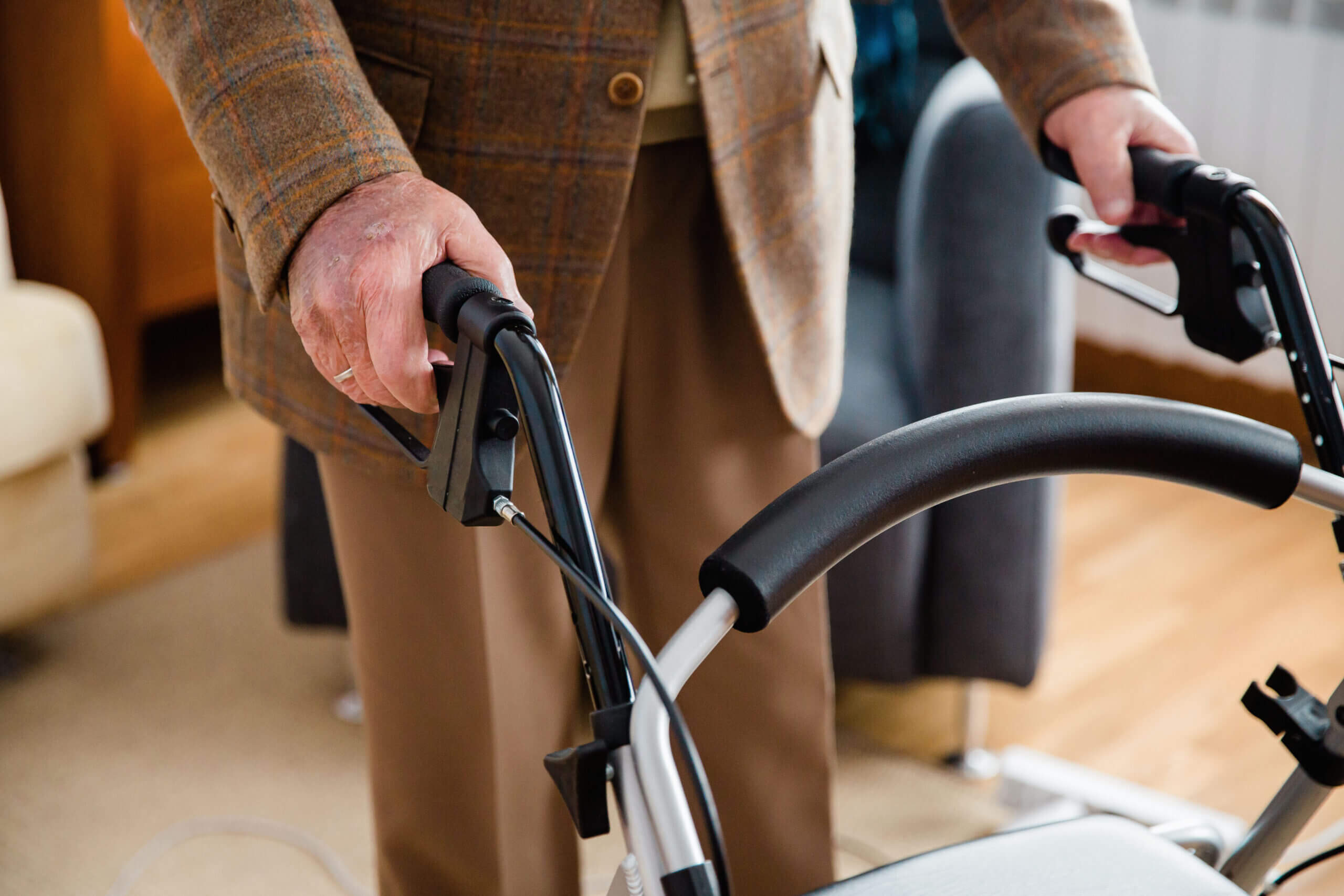Osteoporosis is a condition that causes bones to become weak and brittle. It is often mistaken as a normal sign of ageing. Intervention rarely happens, especially if a person has more prominent health issues that need to be addressed.
Osteoporosis can be a silent disease; many people have no symptoms until they have a bone fracture. It isn’t directly linked to mortality, so it is sometimes treated as a secondary issue by healthcare professionals when it comes to caring for elderly patients.
However, if osteoporosis is left unchecked it can lead to falls and fractures which contribute to loss of mobility and independence as people grow older. Ultimately leading to premature death had that person not experienced an osteoporosis related fall and fracture.

Detecting osteoporosis risk, prior to a fracture occurring, offers the greatest opportunity to preserve a person’s quality of life and minimise the costs to the health system.
Our client’s issue was to devise a way of catching osteoporosis in patients before it is too late to treat. Allowing for earlier intervention so elderly people can retain mobility and independence for longer. Once correctly diagnosed, the symptoms of osteoporosis can be improved quite easily and effectively through diet, weight-bearing exercises, and medication.
London Agency was tasked with designing a pilot program that could be implemented at a national scale to assist GP clinics to correctly identify patients already in their database that could be at risk of osteoporosis. Our challenge was to do this while creating as little disruption as possible to the general workday of an already busy GP clinic.

London Agency began an eight-week research project that involved meeting with GP groups, nursing associations, software companies and government bodies.
Following the information gathering exercise we designed a software-lead risk identification program supported by on-the-ground training and in-person follow-up calls from practice nurses. The program we designed allowed practitioners to identify existing patients who were at risk of osteoporosis, allowing them to make the necessary interventions to support their patients’ long-term health.
To ensure minimal disruption, our pilot design also aligned with an existing health check that GPs perform every day, the Aged 75 health check. This particular health check was highlighted as the most appropriate intervention. The Medicare Benefits Schedule item number also carried rebate opportunities, creating added value to the GP clinic.

The program could identify the target patient cohort and send a customised SMS to the patient, notifying them that they are due for a check-up with the GP to discuss their bone health. While simultaneously notifying the GP when an eligible patient is in consultation.
Practice nurses play a vital role in preventative health within primary care. Our plan was to utilise this avenue to brief, establish and train the GP clinics in the chosen pilot area. During the pilot we would partner with practise nurses to conduct monthly check-ins with each clinic and offer support with follow-up calls to the target patients if required. We would also establish an ‘always on’ helpline for the periods in between the monthly check-ins to ensure the program was running smoothly.
The overall aim of the program was to produce data to be presented to government, providing validation to include bone health related questions in the existing Aged 75 health check, an area which is not addressed in the current questionnaire. Creating further opportunities to identify those who are at risk of developing osteoporosis.
Following the pilot, results would be analysed to determine the effectiveness of the intervention and determine how many more people with osteoporosis were discovered during the program.

London Agency would then produce a report and national pilot framework to be submitted to government outlining the reasons why bone health should be considered in the current Aged 75 health check, and highlight the money saved in estimated fracture costs and aftercare. London Agency developed the methodology and framework to produce an effective risk identification program that would seamlessly tie into the Australian GP clinic network.

As we completed this project the COVID-19 situation grew worse in Australia with various lockdowns taking place across the country. The vaccine rollout at GP clinics also began during this time and it was decided that activating the program would be postponed to a later date when the healthcare system was under less strain. We look forward to seeing the pilot design come to fruition to improve the quality life years of thousands of Australians.